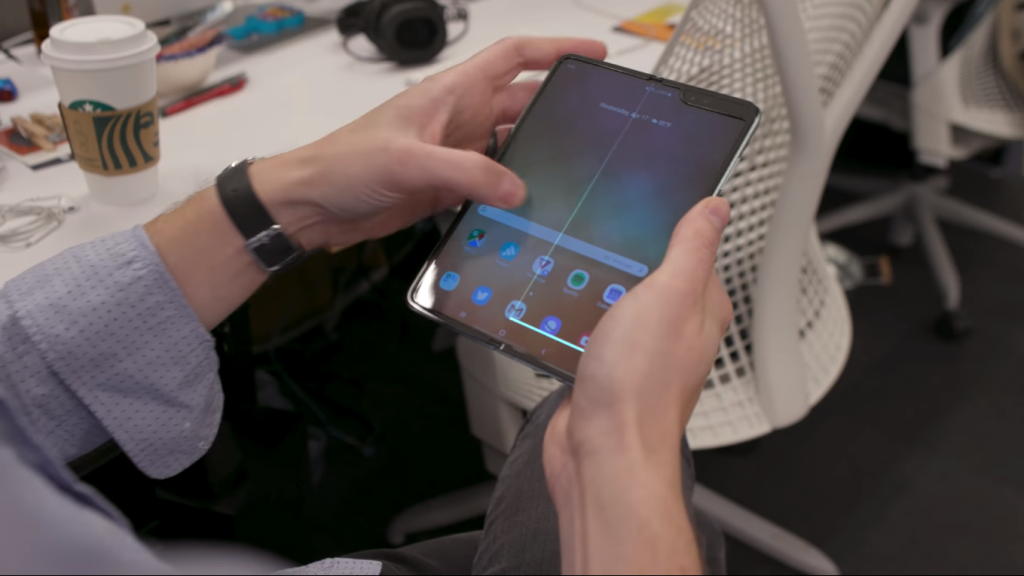Generation One: What to Make Out of The Problems Folding Smartphones are Facing

By now you have already heard everything there is to hear about the Samsung Galaxy Fold and the problems it is facing, as well as the Huawei Mate X. Two folding phones, the first of their kind that stands in the global market. Of course, Huawei is banned from America, but who cares about that? The rest of the world will be enjoying the Mate X and the global market, minus America, is still huge. If only China stops their aggressive stances against their neighbours and drops the “spy on everyone” plan using Chinese companies, more people would be attracted and be willing to use Chinese products, giving more prosperity and wealth to China.
New Frontier

The problems the Galaxy Fold is facing right now, as well as the problems that the Mate X will be facing, is going to be the first barriers that this generation of folding smartphones will be facing. Mobile phones, too, were once a luxury and it too had its own problems and barriers. But as soon as ordinary people started being able to afford a mobile phone, the advancement of the state of technology increased, giving rise to better signals, the ability to surf the net, coloured screens, infrared and Bluetooth capabilities, and multimedia capabilities. Then smartphones became the luxury product with their own problems and the same thing happened when smartphones become affordable to everyone. Now smartphones are almost as powerful as computers, offering multiple functions for any purpose where the only limitation is the human imagination. Now, it is the folding smartphone’s turn.
Wider Screens Are The Future
A lot of people are ready to scoff off these technological advancements as merely gimmicks, but some of them do end up becoming an important aspect of a phone’s design. For example, the ability for a phone to be able to connect to the internet. So what does the foldable smartphone bring to the table that’s can be considered to have the same importance of being able to connect to the internet?
Wider screens. That’s right, wider screens. Now someone might say that smartphone screens are already wide enough that the wideness itself is already a negative, and that there is such a thing as “too wide” when it comes to smartphones. That’s agreeable, but ultimately not as well because there are types of functions, content and convenience that can only be achieved better with a wider screen. This is what makes the Galaxy Fold’s design better than the Mate X’s, because when folded, it is a phone that you can use with only one hand. If you need a wider screen you can just unfold it.

So we really shouldn’t just scoff at folding smartphones, especially with the problems with the screen creases. If the phone receives good reception, then you can expect Samsung and Huawei to further their efforts into improving it and may even make it available to those who cannot pay $2000. This is the first generation after all. The new frontier for smartphones. Improvements will definitely come in the future, but only if people support it.
Conclusion
“Just get a tablet” is something you’ll hear people retort at this point in the conversation. “If you want a wider screen…” But they miss the point. The point is that to have only one versatile device that can deliver any content, function, and convenience that you need. That was the end goal for mobile phones, that is the end goal for smartphones, and that will be the end goal of folding smartphones. That has always been the end goal for versatile devices. This is why that despite the flaws, a lot of tech personalities still love the Galaxy Fold and the concept of a folding smartphone. Hopefully, it gets the reception and supports it rightfully deserves.